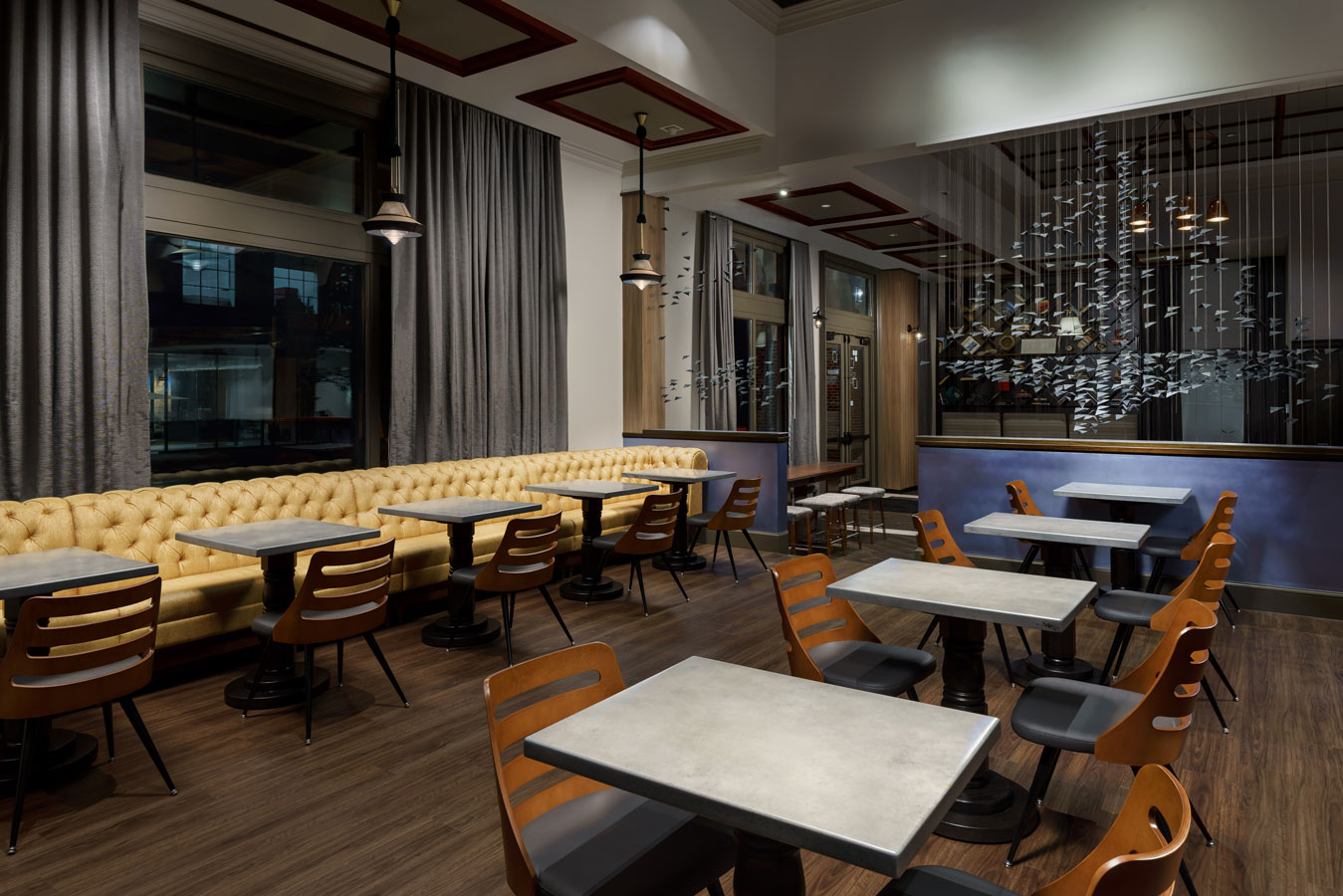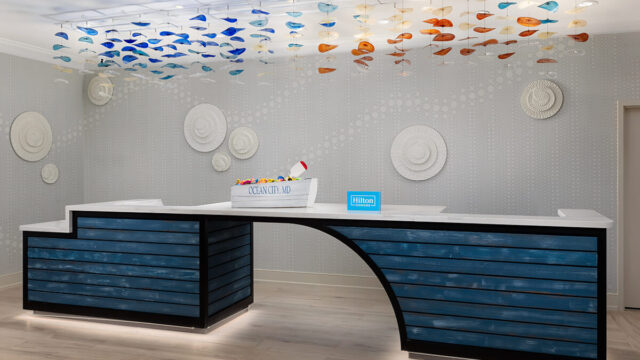The COVID-19 pandemic has changed many aspects of our world, including the relationship that architects and designers have with technology. Technology is more important than ever.
InspireDesign reached out to a few architecture, design and technology leaders who have seen the changing relationship with technology and how it has affected their work.
David Shove-Brown, Principal/Co-Founder, //3877
 “Realtors have reported that 3D, virtual walkthroughs of residential properties have increased an exponential amount. Architects and designers are able to use the same technology to do virtual walkthroughs of projects. The enhancement of 360-degree cameras will allow us to continue to show clients what we envision their spaces are actually going to look like, in-situ. This pandemic has forced us to reconsider the use of a technology that was already in existence, but not fully adopted across the board. Using this technology, we could actually get more done remotely, and without needing to travel. I would love to see the integration of real-time 3D models that include vendors’ material palettes and true color—this would be a game-changer.
“Realtors have reported that 3D, virtual walkthroughs of residential properties have increased an exponential amount. Architects and designers are able to use the same technology to do virtual walkthroughs of projects. The enhancement of 360-degree cameras will allow us to continue to show clients what we envision their spaces are actually going to look like, in-situ. This pandemic has forced us to reconsider the use of a technology that was already in existence, but not fully adopted across the board. Using this technology, we could actually get more done remotely, and without needing to travel. I would love to see the integration of real-time 3D models that include vendors’ material palettes and true color—this would be a game-changer.
Just as the pandemic has accelerated our comfort levels with the working-from-home lifestyle, in the last six months, the role that technology has played in the design process has increased tenfold. What was inevitably around the corner—an increasing familiarity and reliance on video technology being used for construction site walkthroughs or new client meetings—came speeding into our day-to-day lives, and it’s here to stay. While we’ll all certainly be craving human-to-human contact and in-person meetings once the pandemic subsides, the collaborative process of architecture and design will become more streamlined. There’ll be less need to jump in a plane, train or car to make a meeting happen. This new trend is also forcing architects and designers to question their business approach in general—how can we make things more efficient than before, for the sake of both budgets and staff happiness?”
Beth Campbell, CEO, Wilson Associates
 “We recognize that fluid communication is essential more than ever right now, so we are ensuring all of our offices have open forums for constant ongoing communication and simple thought sharing, beyond regular meetings.
“We recognize that fluid communication is essential more than ever right now, so we are ensuring all of our offices have open forums for constant ongoing communication and simple thought sharing, beyond regular meetings.
Additionally we have set up ‘One Wilson,’ an intranet site dedicated to COVID-19, which initially started as a repository to communicate essential information for business continuity, but has now flourished into a creative blog-style platform called #CollectivelyWilson, where any associate in the firm can participate in sharing their thoughts, challenges, solutions and inspiration during this time. Topics have ranged from a return to craftsmanship, to the challenge of leading teams remotely during the crisis and is ever-expanding. We feel that this has had a profoundly positive impact on the team structure—and it’s even brought together staff who wouldn’t normally otherwise be interacting, which has been great to see.”
Robert Yuen, Co-Founder/CEO, Monograph
 “Look around you—we live, work and inhabit buildings. For decades, architects have used nothing more than spreadsheets to manage and coordinate how buildings come to be. My team is aiming to disrupt the status quo by replacing spreadsheets with a software that is revolutionizing how architectural projects and firms are managed.
“Look around you—we live, work and inhabit buildings. For decades, architects have used nothing more than spreadsheets to manage and coordinate how buildings come to be. My team is aiming to disrupt the status quo by replacing spreadsheets with a software that is revolutionizing how architectural projects and firms are managed.
We discovered a void for a cross-functional and cloud-based project management application that was tailored to the AEC industry. Because the AEC industry is made up of fragmented and hyper-localized services, we noticed there was a disconnect between how projects were managed, budgets were forecast and time was tracked in silos across a network of architects, consultants and contractors on any given project. Rather than trying to piece together various tools that treat cost, resource and project management as separate activities, Monograph aims to be a system of record for building that brings everything and everyone together into one integrated, collaborative platform—think the G Suite for the AEC industry. Ultimately, Monograph offers an easier way to manage projects, collaboration, and the financial health of the teams that design and build the world around us, putting an end to spreadsheets for architects.
Designed to support connected workflows and improve forecasting capabilities, one of the newest features we recently released is the Project Status categorizations and Project Planner—both are a direct response to current needs faced by AEC businesses. These tools allow architects to forecast confidently and resource appropriately with real-time information, making it easier to plan more effectively for upcoming projects while tracking active projects that are now paused due to COVID-19.
From the very beginning, our team has prioritized working closely with our customers to rebuild how architects plan, budget and allocate resources across their projects to make the back office much simpler to manage. We understand that businesses are continually evolving and refining their practice operations so we’re in constant communication with our customers. We make a real effort to listen to their feedback and then work to create new features or updates to our software that address those ‘wish list’ items.”




